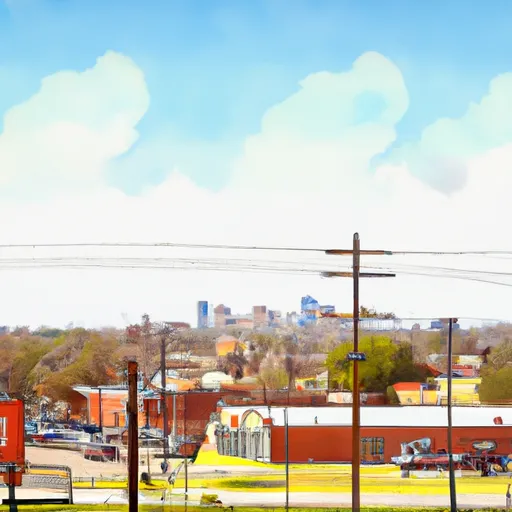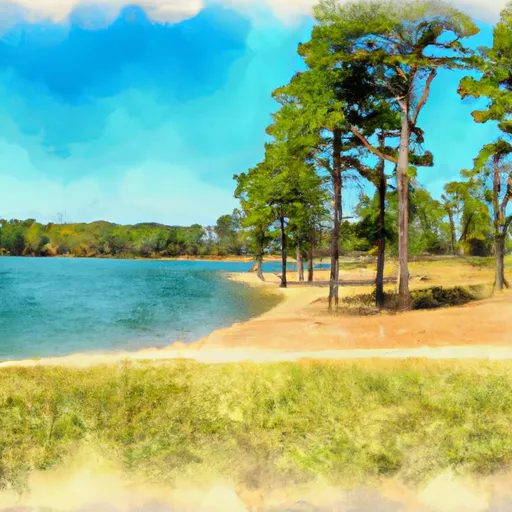°F
°F
mph
Windspeed
%
Humidity











Stafford, Texas is a small city located in Fort Bend County, just southwest of Houston. The climate in Stafford is characterized as humid subtropical, with hot and humid summers and mild winters. Summers are typically hot, with average temperatures reaching the mid-90s Fahrenheit, while winters are generally mild, with average temperatures in the 50s and 60s.
In terms of hydrology constituents, Stafford lies within the Brazos River watershed. The Brazos River is the longest river in Texas, and it flows through Fort Bend County, providing a source of outdoor recreational activities such as fishing, boating, and kayaking. Additionally, there are several parks in and around Stafford that offer opportunities for hiking, biking, and picnicking. One notable park is the E.E. "Dude" McLean Park, which features a playground, sports fields, and a walking trail.
Overall, Stafford, Texas offers a pleasant climate with hot summers and mild winters. Its location within the Brazos River watershed provides residents and visitors with various outdoor recreation opportunities, making it an attractive destination for nature enthusiasts.
Weather Forecast
Stafford receives approximately 1264mm of rain per year, with humidity levels near 89% and air temperatures averaging around 21°C. Stafford has a plant hardyness factor of 9, meaning plants and agriculture in this region tend to thrive here all year round.
Regional Streamflow Levels
2,370
Cubic Feet Per Second
260
Cubic Feet Per Second
1,050
Cubic Feet Per Second
28
Cubic Feet Per Second
Nearby Camping
| Camping Area | Reservations | Toilets | Showers |
|---|---|---|---|
| Huntsville State Park | |||
| Kellys Pond Dispersed | |||
| Spring Creek Park | |||
| Cagle Rec Area | |||
| Brazos Bend State Park | |||
| Stubblefield Lake |



